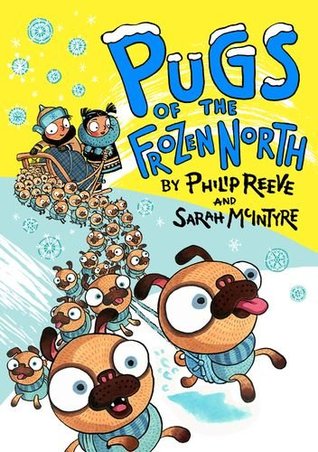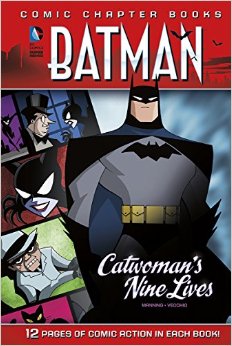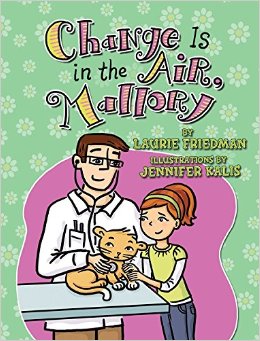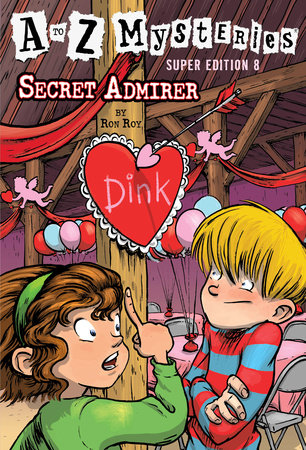The Ember Stone:
A Branches Book (The Last Firehawk #1)
By Katrina Charman, Illustrated by Jeremy Norton
Published by: Scholastic Inc. (September 26, 2017)
Available in: paperback, library binding, Kindle, NOOK
At the time of this review, there were four books in The Last Firehawk series.
Magical.
The Ember Stone, the first book in the captivating new The Last Firehawk fantasy series, is simply a stunner. The story embraces the big concepts of good versus evil, small versus big, fear versus courage… all the great, powerful themes that propel master works before it (more on those later). This exquisitely crafted book exhibits a maturity of prose, concept, and art direction while staying true to the chapter book concept: exactly where newly independent readers need it in vocabulary, topic, simplicity, art production, and excitement.
The story owes much to specific plot points, themes, and overarching concepts of both classic and contemporary seminal works: Goldilocks and the Three Bears, The Hobbit and The Lord of the Rings, Game of Thrones, Harry Potter, and more. And yet, this is no copycat, mini-production for the young set. The protagonists are endearing, young animals of both the natural and imaginary worlds who are forthright, comic, courageous, and unique characters. The quest is evocative of historical themes, but quickly carves a path all its own. The lightning-fast pace, dramatic tension, inherent suspense, and page-turning joy propel this probably faster than young minds think they can read.
But perhaps the most immediately stunning aspect are the deft, intricate illustrations: these beauties glow off the page. The fact that they are black and white brings no diminishment to their sheer luminosity. The delight is that the illustrations are generous and consuming: they drape and envelope every page.
The end matter provides questions, much like those provided to literary novels for adult book clubs. And notably, the book has an environmental/healthy habitat subtext perfectly suited for young readers’ comprehension.
Is it too early to declare a masterpiece? Not here.
What do you say teachers, parents and writers? Use the comment below and let’s chat….









